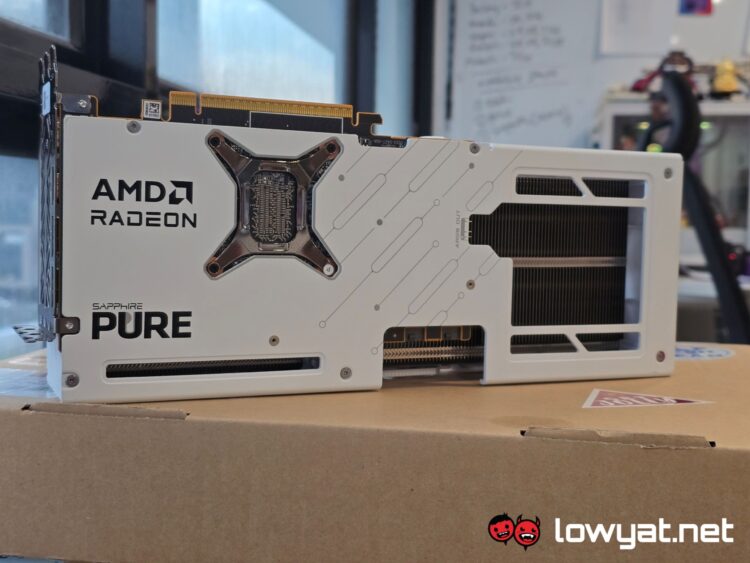Rumour has it that AMD’s next generation RDNA5, also known as UDNA, may be the GPU architecture that will bring the fight to NVIDIA’s doorstep (again), right and proper this time. It appears that there are four potential GPU chips for the generation, codenamed AT0, AT2, AT3, and AT4.
Reliable leakster and hardware insider, Kepler_L2, recently posted a list of block diagrams, allegedly showing the CU core counts of these RDNA5 GPUs. Specifically, it is 96 cores, 40, 24, and 12 CUs.
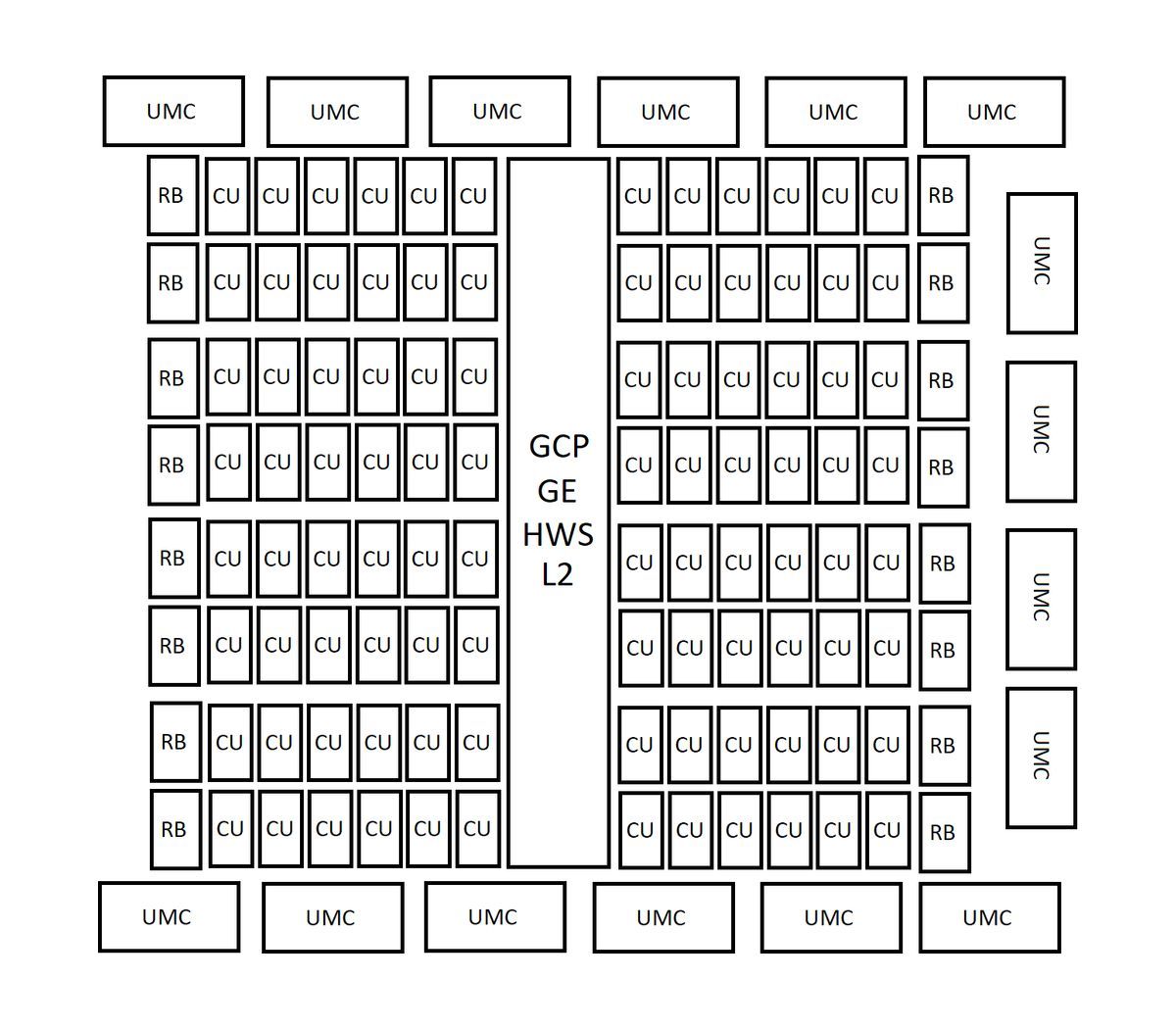
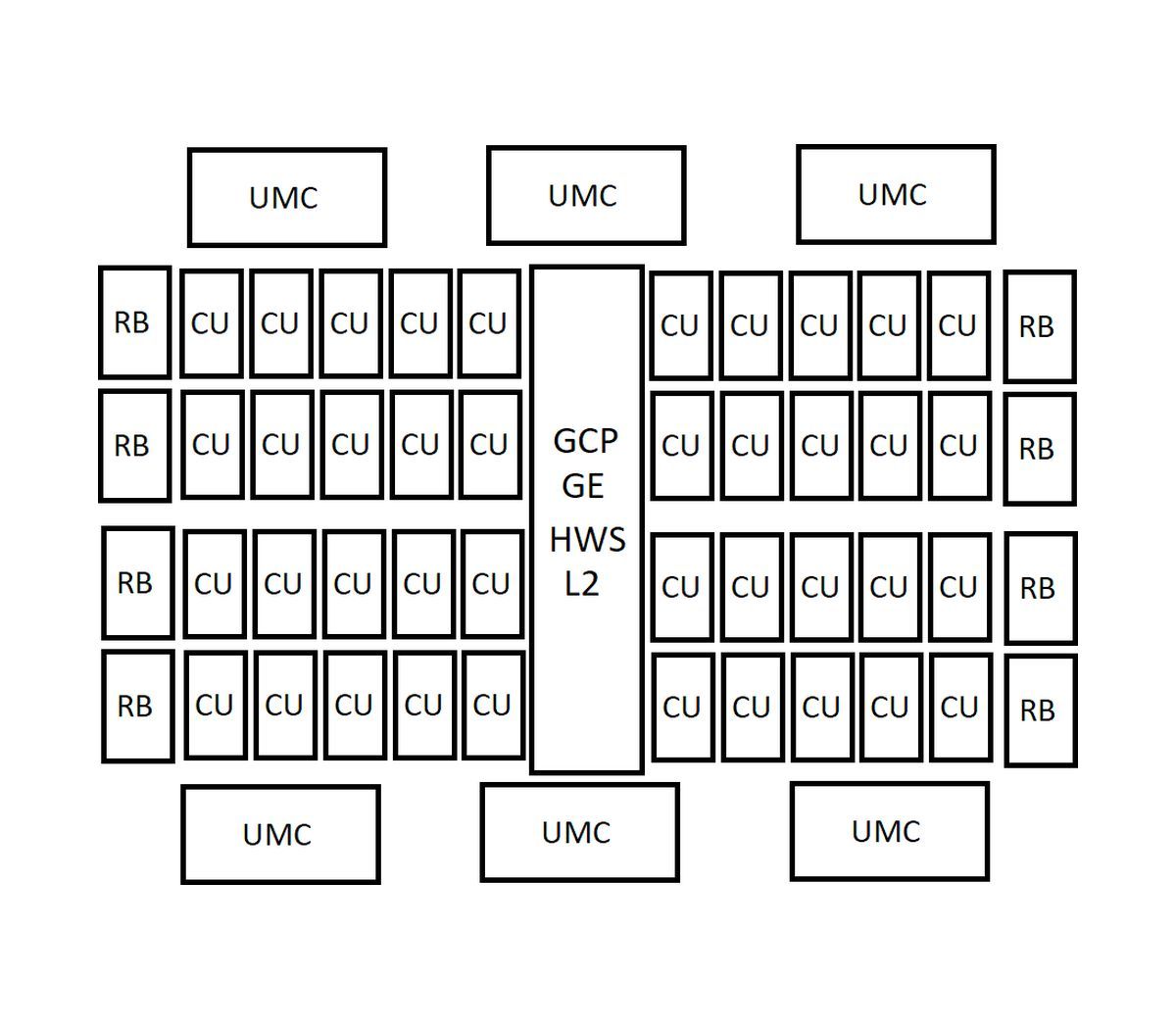
At first glance, these numbers don’t actually seem groundbreaking; When the Radeon RX 7900 XTX launched in 2022, that GPU also had 96 CUs. For that matter, the recent Radeon RX 9060 XT also comes with 32 CUs, so you can understand why this could contribute to some confusion.
But, as PCGamer explains, it isn’t about the number of CUs, but how AMD measures or defines a CU. The word is that AMD’s old measure of a CU is double that, on account of it formerly being called a Work Group Processor (WGP), with the new measure addressing a single-unit. It is possible that the chipmaker has reverted to the old measure, meaning that 96 CUs would instead be 192 units, and so on and so forth.
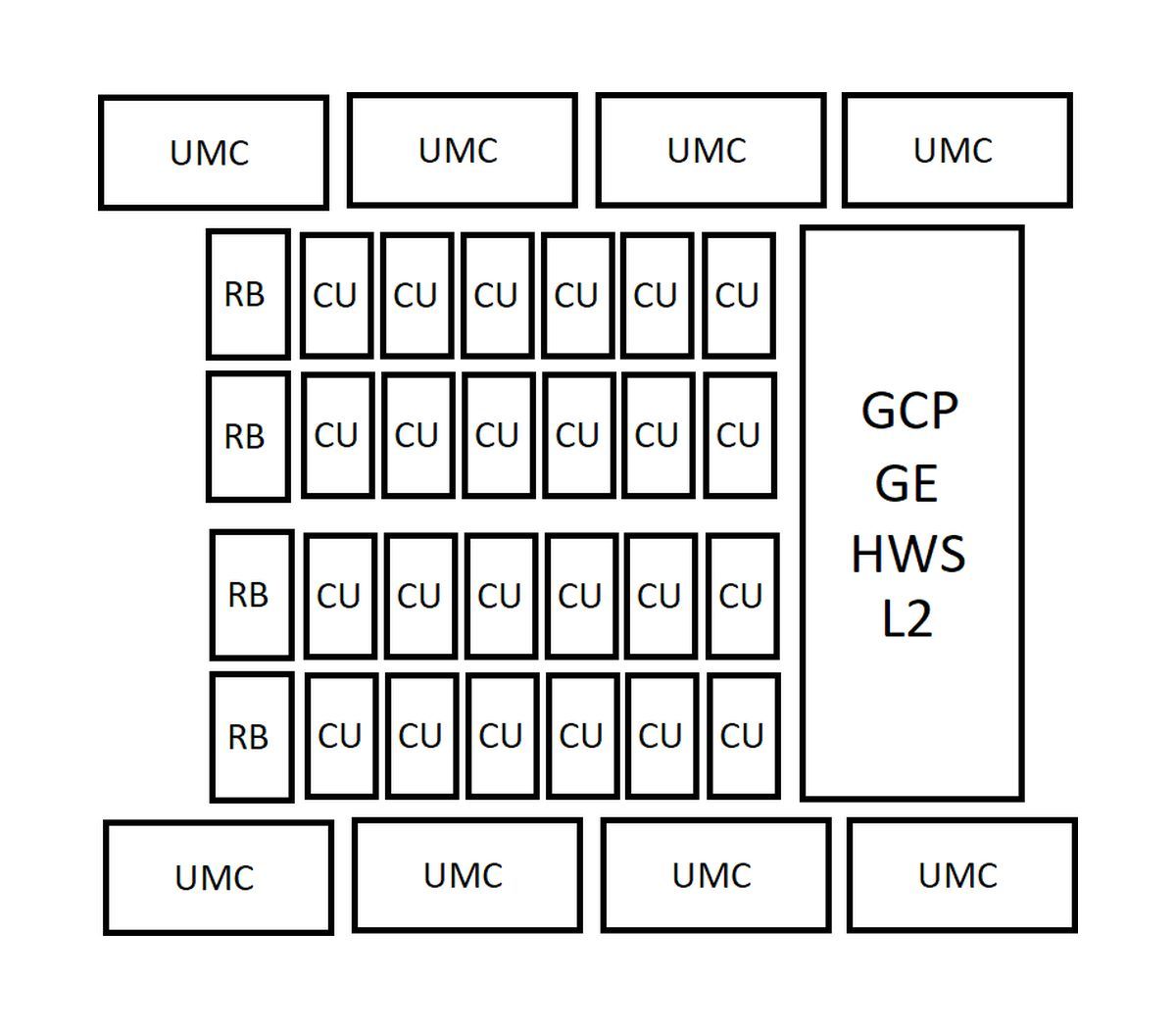
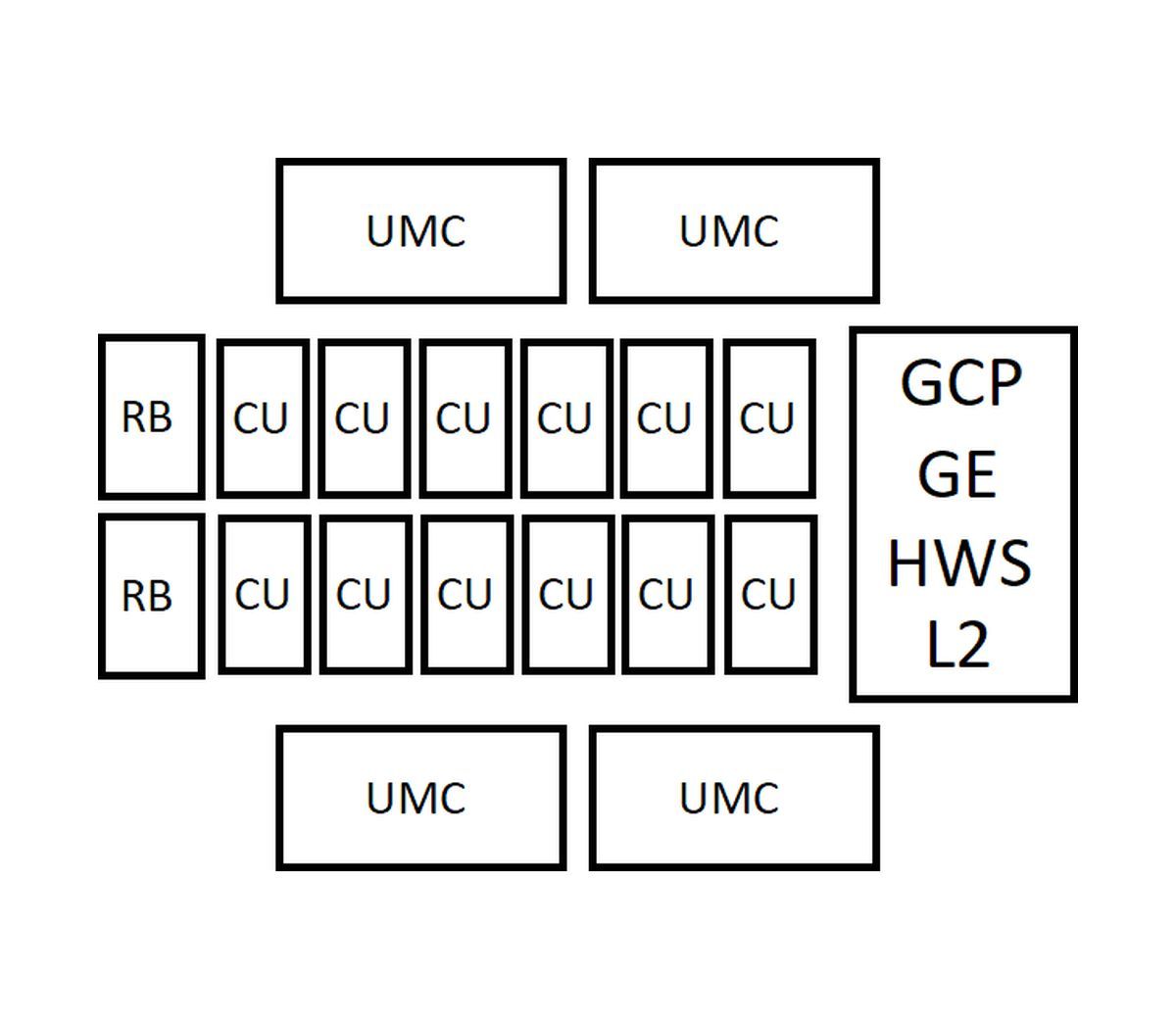
Having said that, it is worth noting that those numbers may not be the final amount. According to Moore’s Law is Dead (MLID), potential RDNA5 GPUs like the AT0 could top out at 154 CUs instead, while still retaining the larger 512-bit memory bus. However you look at it, this still translates as a significant boost in ray tracing and path tracing performance. That is, assuming FSR4 or Redstone is in play.
One thing that sounds a bit off though, is that MLID posits that both the lower-tier AT3 and AT4 RDNA5 GPUs will be using LPDDR5X laptop memory, rather than GDDR6 or GDDR7 graphics memory. It’s not a common thing but AMD has done this before with its Strix Halo laptop APU, which depends on laptop memory. For it to have reasonable bandwidth, though, they say the GPUs will need to have either a 256-bit or 384-bit memory bus.

At the end of the day, all this is still just speculation, and AMD is clearly not going to confirm nor deny any of this. So, until such a time that the red chipmaker makes an announcement, take this with a very large grain of salt.
(Source: PCGamer, MLID, Videocardz, Kepler_L2 via AnandTech Forums)

